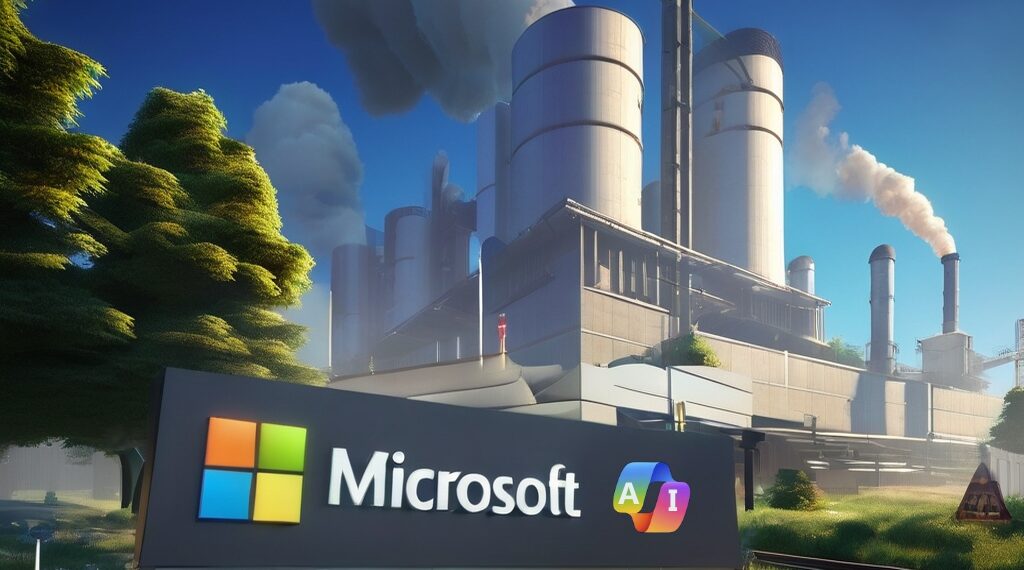The supply chain of the software giant is responsible for the majority of its emissions. Microsoft aims to offset more carbon dioxide than it emits by 2030, with a goal to reverse emissions by 2050. However, despite its efforts, carbon emissions increased by 30% from 2020 to 2023 due to the rapid construction of data centers. This is largely attributed to building materials and hardware components needed for the infrastructure. This news follows Microsoft’s ongoing push to be a global leader in AI, which has put its climate goals at risk. The company’s report, co-authored by its chief sustainability officer and president, highlights the challenges associated with AI infrastructure and electricity needs across the tech sector.
Other big tech companies, including Google, Meta, and Amazon, have also experienced increases in total carbon emissions despite setting climate goals. Microsoft’s indirect emissions from suppliers have risen by 30.9% since 2020, while its own emissions have decreased by 6.3%. To counter these growing emissions, Microsoft has launched a companywide initiative with 80 measures, including a requirement for carbon-free electricity across its entire supply chain by 2030 and scaling clean energy purchases. The company is also investing in initiatives to decarbonize industries used in data center construction. Microsoft will announce updates related to its AI vision at its upcoming developer conference.
The whytry.ai article you just read is a brief synopsis; the original article can be found here: Read the Full Article…





